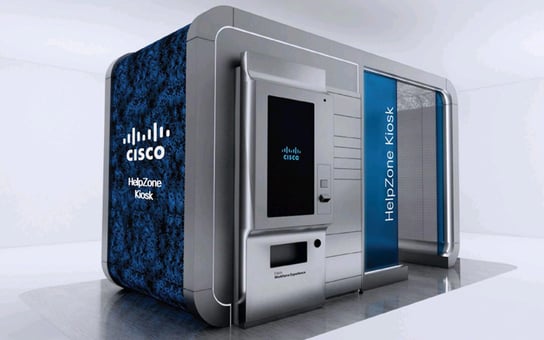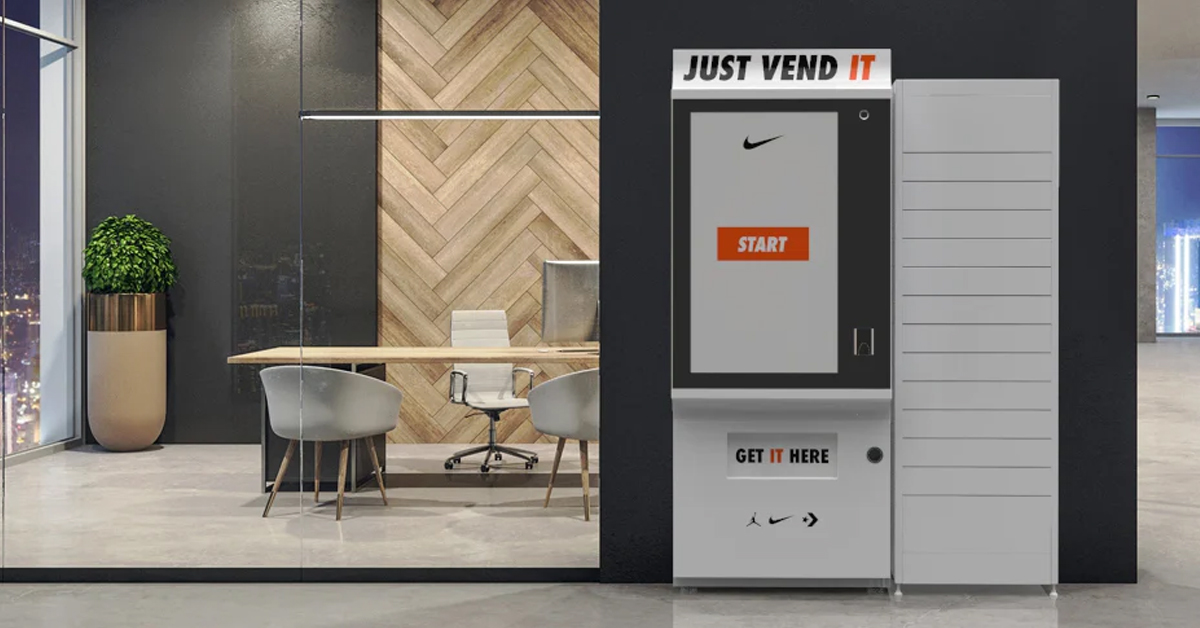Is the 20th-century-style office — with its strict schedules, bottoms in seats, and an IT department tucked away somewhere (and come to think of it, why is it always the worst part of the building?) — going to go extinct in the 2020s?
The answer is yes, according to a growing number of surveys, polls, reports, and simple real-life observations of how office life is evolving. As the consensus and momentum grow in favour of new, hybrid and remote ways of working, so does the big question for IT asset management professionals, according to Barbara Rembiesa, CEO of the International Association of Information Technology Asset Managers (IAITAM).
“How do we perform our jobs in this new world?” Rembiesa says. “IT asset management professionals are going to need to find inventive ways to reimagine service delivery."
That world is already arriving: In 2021, half of executives surveyed by McKinsey & Company said they expect employees to spend 50 per cent of their time or less in office for the foreseeable future. A year later, the prestigious management firm doubled down on that prediction, noting that employees have become entrenched in new, hybrid ways of working — and many would consider quitting if they were forced to give those privileges up.
In the late- or post-pandemic reality, office employees have become accustomed to working from home, or remotely at least part of the time, or from … wherever. And in an employee’s market, where talent is a precious commodity, top performers enjoy the leverage to have their demands met when it comes to flexibility and work-life balance.
Something’s got to give, and that something is the traditional 9-to-5 office. Hot desking is growing in response. “One thing is clear. We’re not returning to the same workplace we left,” wrote the polling firm Gallup, in yet another survey (this one covering a whopping 140,000 U.S. office workers).
And according to a PwC report based on a survey of 133 U.S. company executives and 1,200 office workers, the shift toward remote office work isn’t just happening because many employees (and leaders) prefer it, the shift is also validated by the discovery that many people are even more productive when they’re only expected to be in the office part of the time.
The result of all this, PwC concluded, is that “by design or default, most companies are heading toward a hybrid workplace where a large number of office employees rotate in and out of offices configured for shared spaces.” If it sounds a bit utopian, there’s also a cost: “Optimizing the hybrid workplace requires accelerating investments to support virtual collaboration and creativity, as well as for scheduling and safety.”
Figuring out how to optimize the workplace falls, in large part, to IT departments. And it’s an unresolved challenge. The shift to remote and hybrid work models disrupts older, established ways of doing things. It raises a lot of practical questions about the ways processes have to evolve. To give just one example of an emerging question: How do you safely deliver a laptop to a new employee who’s only in the office half a day a week?
There’s really only one certainty we can see in this trend: To adapt and deliver in this rapidly evolving landscape, IT asset management professionals need to evolve to become “anywhere, anytime” service providers.
"We've been talking to more and more senior IT professionals about the dilemmas and questions that hybrid and remote office work are bringing to the surface,” Rembiesa says. “Because most IT executives we talk with believe hybrid working is here to stay going forward.

A smart locker system is one example of how to do this. Here, we explain how an IT department can handle asset management through a customized combination of automated kiosks, Signifi’s VISION software platform, and our one-of-a-kind Tech Express Desk (TED), which enables face-to-face IT support — delivering a more pleasant and productive experience for the end-user employee.
“Our technology can empower organizations to create not simply any ordinary shared workspace or hub, but one where employees can be provided with new laptops, phones, peripherals and other equipment,” says Andre Forget, VP of Strategic Growth at Signifi Solutions. “They can check items in and out as needed, and receive whatever support they require.
“In short, it’s how the office of the future should work: No more waiting for a technician — who, after all, may also be working from somewhere else.”
Increasing flexibility without sacrificing productivity is the aspiration that drives the hybrid work dream. It’s up to IT asset management professionals to make it a reality. They can begin by making smart, practical investments that help their organizations move forward into a new era.
Want to learn more? Get in touch with our team today.

.png)

